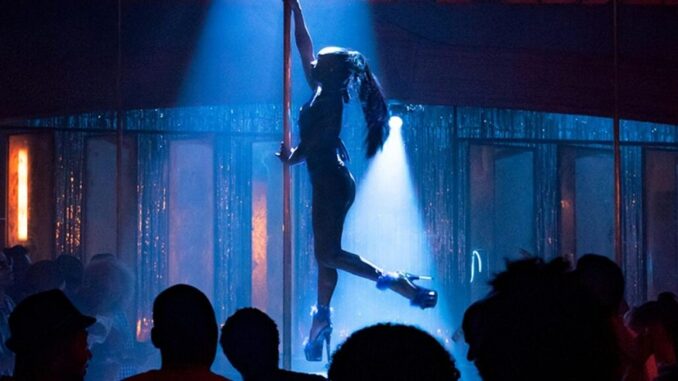
Melbournehas a rich history of strip clubs that dates back several decades. Over time, the industry has evolved significantly, adapting to changing cultural norms, legal frameworks, and societal attitudes. From its humble and controversial beginnings to becoming a mainstream part of the city’s nightlife, here’s how Melbourne’s strip club scene has transformed.
The Origins: A Fringe Affair
Melbourne’s strip clubs began to emerge in the 1960s, influenced by the global counterculture movement and the loosening of societal norms around sexuality. In the beginning, these clubs were often seen as seedy and operated on the fringes of society. A lot of strip clubs were pushing boundaries in entertainment, blending burlesque and striptease performances.
These early clubs were not just places for titillation but were often shrouded in scandal. They faced constant legal battles over indecency and public morality, as striptease performances were considered immoral by more conservative sectors of society. Despite the pushback, they gained popularity, largely attracting men looking for an “underground” experience.
The 1980s Boom: The Era of Glitz
By the 1980s, strip clubs had moved away from the shadows, becoming more polished and commercially accepted. There was a relaxation of some legal restrictions, particularly regarding topless and nude performances. These legal changes contributed to the growing acceptance of strip clubs as a legitimate part of the nightlife economy. The clubs attracted both locals and tourists, becoming integral to Melbourne’s nightlife culture.
The 1990s to Early 2000s: Regulation and Normalization
During the 1990s, the strip club industry faced another wave of transformation, driven by stricter regulations and a growing focus on the rights of workers within the industry. Local governments began enforcing regulations aimed at curbing illegal activity, such as prostitution and drug use, that was often associated with strip clubs. These regulations helped clean up the industry, making it safer for both workers and patrons.
The legal framework surrounding strip clubs became clearer, with licenses required to operate, along with compliance with health and safety standards. This period also saw a broader cultural shift toward acceptance of the sex work industry. As public perceptions became more progressive, strip clubs were no longer viewed solely as dens of vice but as legitimate businesses providing entertainment.
Modern Day: A Changing Landscape
Today, Melbourne’s strip club scene is more diverse than in its earlier days. With shifts in societal attitudes, there has been a noticeable change toward performers having greater agency and control over their careers. Many clubs now emphasize worker safety, fair pay, and autonomy. Performers are often seen as artists or entrepreneurs in their own right, managing their careers and branding through social media platforms.
Cultural changes have also influenced the industry. Many of Melbourne’s strip clubs now offer a wider range of entertainment options, catering to diverse audiences, including female patrons as well as couples. The once male-dominated customer base has evolved into more varied demographic, reflecting broader societal changes in attitudes toward sex and sexuality.
In recent years, the impact of the internet and social media on the adult entertainment industry has come to the forefront. The rise of online platforms like OnlyFans has given performers alternative avenues to engage with audiences, putting some traditional strip clubs under financial pressure.
Additionally, the COVID-19 pandemic significantly impacted Melbourne’s nightlife, including strip clubs. Many venues struggled to stay afloat due to prolonged lockdowns and social distancing measures. However, the industry has shown resilience, with many clubs adapting by implementing safety protocols and offering virtual performances during the height of restrictions.
Conclusion
The history of strip clubs in Melbourne is a testament to the city’s dynamic cultural landscape. From its early beginnings as a controversial and underground industry to its current status as a normalized part of the entertainment scene, Melbourne’s strip clubs have evolved in response to changing societal attitudes, legal frameworks, and cultural movements. As the industry continues to adapt to new challenges and opportunities, it remains a unique and enduring part of Melbourne’s nightlife fabric.

Leave a Reply
You must be logged in to post a comment.